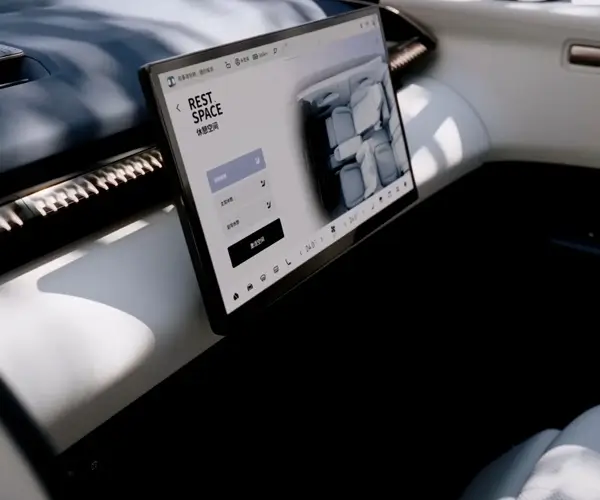Looking to dive into the world of microservices with .NET Core? Honestly, it’s like assembling a super-efficient, flexible machine that can scale up or down without breaking a sweat. Think of going from monolithic to microservices as transforming a bulky, sluggish truck into a fleet of nimble, independent delivery vans. The real magic lies in how seamlessly each part talks to the other without creating chaos or bottlenecks.

Now, .NET Core isn’t just a fancy name; it’s a powerhouse for building these microservices. Lightweight, cross-platform, super fast—it’s perfect for those who want their applications to run on Windows, Linux, or Mac. Plus, the library ecosystem keeps growing, making it easier than ever to implement features like authentication, data processing, or even cloud integrations. Imagine deploying your microservices on Azure, AWS, or any cloud platform—flexibility becomes your second nature.
Some challenges pop up, no doubt. Managing communication between services, ensuring reliability, handling scaling—these are real hurdles. But that’s where the beauty of .NET Core shines: it supports containerization with Docker, making deployment smoother than ever. You can run your microservices in isolated containers, tweak their performance, and roll out updates without pulling down the whole system.
Ever wondered, “Is this hard to learn?” Well, the setup might seem intimidating at first—breaking down a monolithic app into smaller pieces requires some planning. But what’s exciting is the wealth of tutorials, example projects, and supportive communities. Starting with a simple authentication service or a product catalog microservice using .NET Core can give you a peek into the bigger picture without drowning in complexity.
Those who have dipped their toes in often ask: “How do I ensure my microservices stay decoupled but still work together?” Think events, message queues, API gateways—tools that keep things independent yet connected. It's like having a fleet of specialized cars that navigate their routes but communicate to avoid collisions. Using these strategies, your app can grow, evolve, and adapt faster than traditional architectures.
At the end of the day, mastering microservices in .NET Core isn’t about just ticking boxes. It’s about understanding the evolving landscape—embodying flexibility, scalability, and resilience. Whether you’re building a new app from scratch or refactoring an existing one, this architecture pattern unlocks new levels of efficiency. Stay curious, experiment a little, and don’t shy away from hitting the ground running. The future belongs to microservices, and .NET Core is the perfect tool for making it all happen.
Established in 2005, Kpower has been dedicated to a professional compact motion unit manufacturer, headquartered in Dongguan, Guangdong Province, China. Leveraging innovations in modular drive technology, Kpower integrates high-performance motors, precision reducers, and multi-protocol control systems to provide efficient and customized smart drive system solutions. Kpower has delivered professional drive system solutions to over 500 enterprise clients globally with products covering various fields such as Smart Home Systems, Automatic Electronics, Robotics, Precision Agriculture, Drones, and Industrial Automation.




































